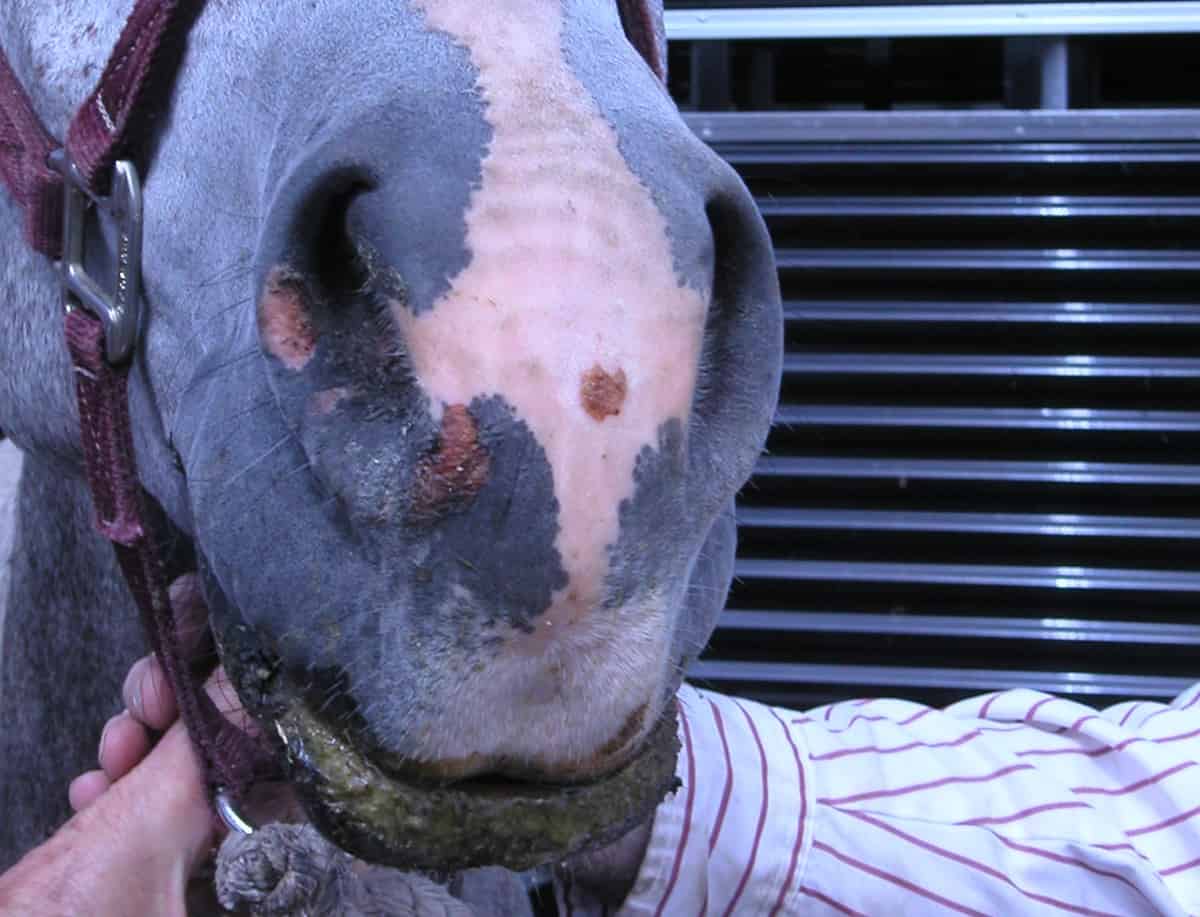Update on Vesicular Stomatitis

2019: A ‘Huge’ VS Year
This past year was a huge one for VS outbreaks, says Angela Pelzel-McCluskey, DVM, MS. APHIS recorded 1,144 premises with VS in eight states (Colorado, Kansas, Nebraska, New Mexico, Oklahoma, Texas, Utah, and Wyoming) in 2019, which is now the largest recent outbreak in the past 40 years of recorded history. The largest outbreak prior to this, in 2015-2016, had 823 infected premises in eight states.
“We’re not sure what to expect for 2020,” she says, adding that the virus can overwinter, resulting in an identical virus the following year—a process that occurred in the 2004-2006 and 2014-2015 outbreaks.
“We know that some climate and ecological factors come into play to either support or stop the overwintering events that occur when black fly vectors pass the virus to their eggs when they lay them in moving water, and then in spring, when those eggs hatch, those newly hatched flies already have, and are capable of transmitting, the virus,” she says, adding that research is ongoing to determine the factors involved in outbreaks. “We don’t yet know why the outbreaks stopped in 2006 and 2016
Create a free account with TheHorse.com to view this content.
TheHorse.com is home to thousands of free articles about horse health care. In order to access some of our exclusive free content, you must be signed into TheHorse.com.
Start your free account today!
Already have an account?
and continue reading.
Written by:
Diane E. Rice
Related Articles
Stay on top of the most recent Horse Health news with















